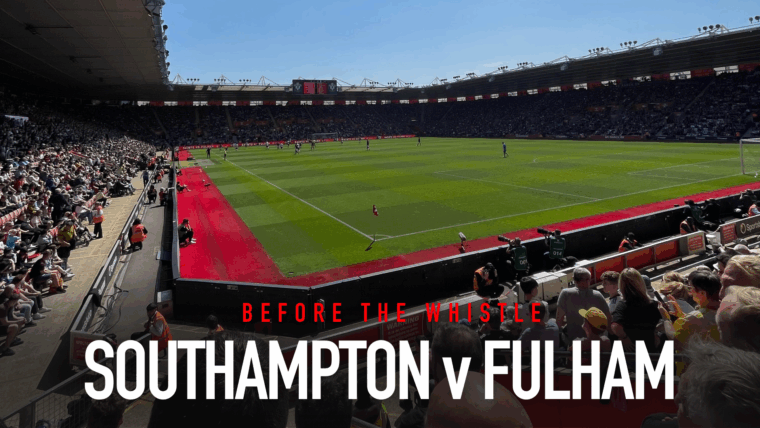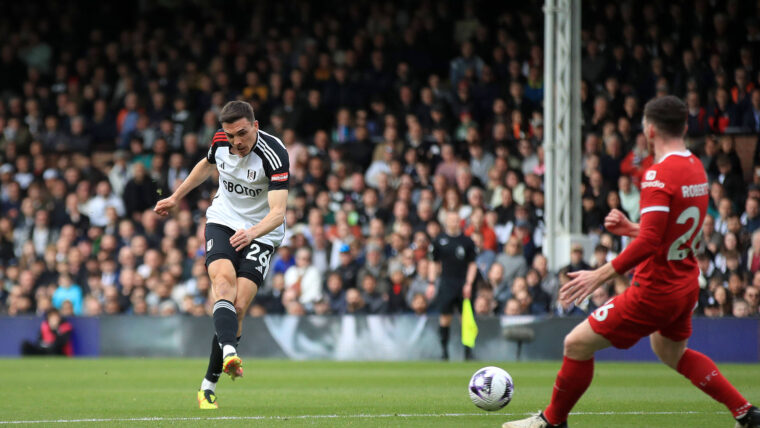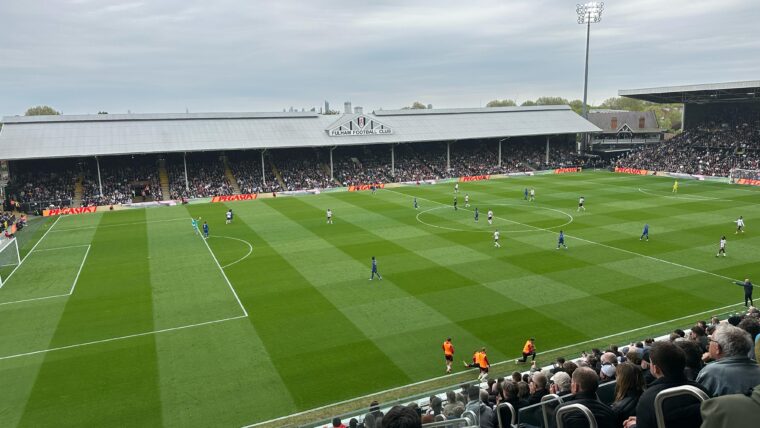A Case For The Defence
Written by Ben Jarman on 10th November 2020

Ben takes to the stand to explain why perceptions about our defence are starting to shift.
“Fulham are going down, I’ve never been more certain of anything in me life” said Jamie Carragher on Sky Sports after Fulham crashed and burned against Aston Villa.
Paddy Power started paying out on relegation, Fulham became the meme-kings of the Instagram explore page and all of us feared for the worst. A little more than two months on, there might be a cause for optimism. Yes, we haven’t started picking up points like Sunderland used to when there were five games left of the season and, yes, we haven’t exactly looked like AC Milan with Nesta and Maldini at the back either. But, there are some aspects to be pleased with.
Since the humbling at the hands of Jack Grealish and co, and the embarrassment of losing heavily to Championship side Brentford, Fulham have seemingly turned a corner. In part, this is due to Scott Parker finding balance within his back four, but also demonstrating a level of adaptability with his tactics. Against Wolves, Parker matched up against Nuno’s five-at-the-back system, and the dual threat of Joe Bryan and Antonee Robinson down the left worked well. Robinson in particular has rightly drawn plaudits for his explosiveness and finally some much needed pace in wide areas.
Green shoots
Of course, there are areas where Fulham simply got it wrong, notably against Palace, but this is a positive article, so we move. Our last two games have underlined that the defence is starting to gel with the double pivot that sits in front of them. Finally, Tom Cairney has been pushed further forward and the captain’s positive influence is being felt at the other end of the pitch. Mario Lemina and Harrison Reed have stepped in to the “8” role and provided different outputs to the 4-2-3-1 that Parker’s deployed.
Against West Brom, Lemina allowed the shackles of Anguissa to be released somewhat. And while he doesn’t provide the all-action, crab-like movement of Harrison Reed, there was a clear demonstration of a player who could sniff out a threat and move the team up the pitch either by passing or taking on the press at source. Lemina’s presence also allowed the centre-halves to split out of possession, allowing the full-backs to press ahead and join attacks. Despite Anguissa’s solid start to the season, splitting centre-halves is clearly uncomfortable for the Cameroonian international and, frankly, his influence is better felt roaming and creating chances from slightly further up the pitch.
Improved impetus on the counter
West Ham saw the introduction of the Reed-Anguissa pivot, which for the majority of Fulham fans is the absolute ideal. On the basis of this performance you could see why. West Ham’s 3-4-3 was tricky; those formations always are. Wing-backs are caught in no man’s land often, and space opens up behind them as the decision to close their opposing wing-back is acted upon. However, the communication of both Reed and Anguissa to solve this problem was excellent. Harrison Reed’s heat map demonstrated the incredible work that he put in to cover the areas behind Antonee Robinson’s tough match-up with Coufal, which stifled one of the Hammers’ key outlets.
On the whole, though, Fulham look a much improved outfit in their defensive output. The ball is being pushed through the middle third much quicker, and this is helped greatly by the passing ability of Tosin Adarabioyo and Joachim Andersen. Adarabioyo in particular has bought a wonderful passing element to Fulham, and although his attempts against West Ham didn’t come off at times, the impetus to push usa up the pitch is obvious. This increased passing output from the defence has enabled the Whites to counter at speed, and with Tom Cairney in the 10 as the lynchpin to those attacks the freedom given to the full-backs has finally been acted upon. Aina’s magnificent goal against West Brom was a testament to Fulham’s newly found confidence in wide areas.
Yes, there is a long way to go and, again yes, Fulham don’t exactly look like the Italian teams of years gone by, but there are certainly positives to take from the performances since the closing of the transfer window. The balance is much better and, slowly but surely, Parker’s Fulham seem to be shape-shifting in to a Premier League outfit that can compete with well established teams. Here’s hoping this upturn in form continues and turns in to wins.



